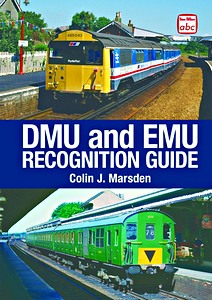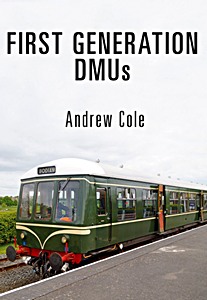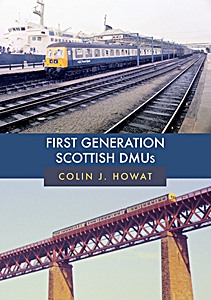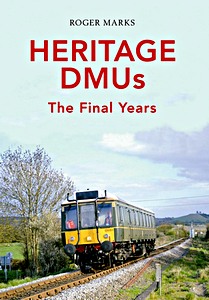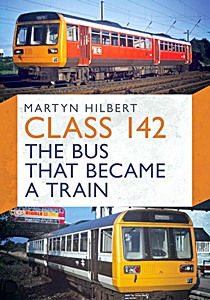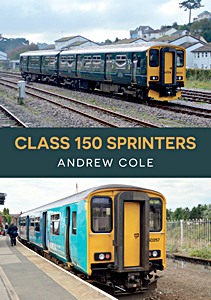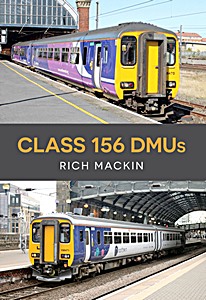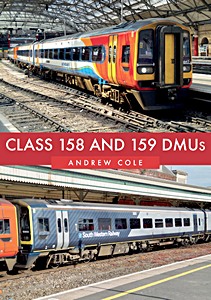British Railways First Generation DMUs
First widely introduced from the early 1950s onwards, the diesel multiple-unit represented an attempt to produce a vehicle that would replace steam traction on the country's branch lines and secondary routes at a time when the railway industry was in desperate need of a cheaper alternative to steam in order to improve the finances of these increasingly unremunerative lines. Over 4,000 vehicles were ordered from both BR works and private manufacturers as part of the BR modernisation plan of 1955.
Following refurbishment from the early 1970s onwards, many first generation DMUs were to survive in service until the late 1980s and early 1990s. Although most were scrapped after withdrawal, a significant number of these vehicles have been preserved on the nation's heritage railways.
This updated and expanded edition of Hugh Longworth's classic book on the subject records the great variety of DMU types constructed as part of the programme. Each is covered in detail with information about construction, technical specifications, entry into service, formations, allocations, withdrawal and final fate.
This new edition makes full use of colour throughout with many additional photos included. The diagrams have been redrawn and a new section showing the unit formations has been added.
Caractéristiques
| Auteur : | Hugh Longworth |
|---|---|
| Présentation : | 296 pages, 29.5 x 21 cm, relié |
| Illustration : | 200 photos en N&B et couleurs |
| Editeur : | Crecy Publishing (GB, 2022) |
| ISBN : | 9781800352537 |
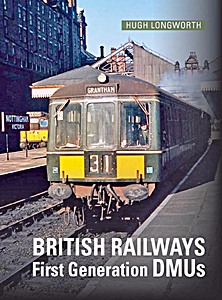
British Railways First Generation DMUs
Langue : anglais
Disponible sur Amazon - paiement sécurisé et livraison rapide
Acheter sur Amazon FRAcheter sur Amazon BE
Acheter sur Amazon CA

